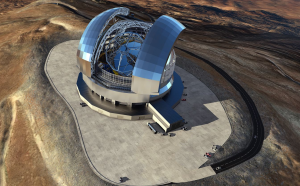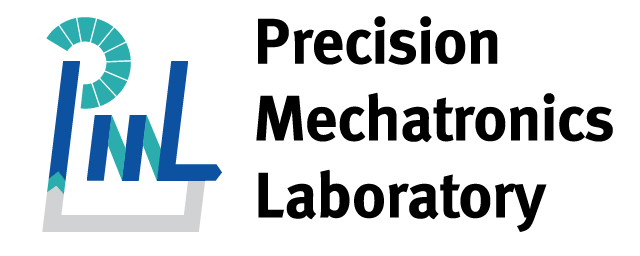Vibration control architectures are of high interest in the field of large and lightweight structures that require high performance. Unfortunately, a real trade-off currently exists between the obtained control performance and the computational time when the vibration control architecture is designed.
This research project aims to develop a new optimization methodology to design high-performance active structures with a strong transducer integration while ensuring low computational costs.
More specifically, new and fast to compute objective functions for the optimal sensor/actuator placement will be studied. Moreover, other mechanisms to further reduce the computational time will be analysed (e.g. the fast local re-analysis techniques). The global reduction of the computational time should then allow to use a simple convergence algorithm such as the gradient descent instead of the complex ones that are currently used.

Figure 1. European Extremely Large Telescope.
Ultimately, such new optimization methodology will be useful for several applications where large and/or lightweight structures are required (e.g. airplane elements, satellites, drone control or fundamental research equipment) for which prohibitive computational time are currently encounter for integrated optimization.



